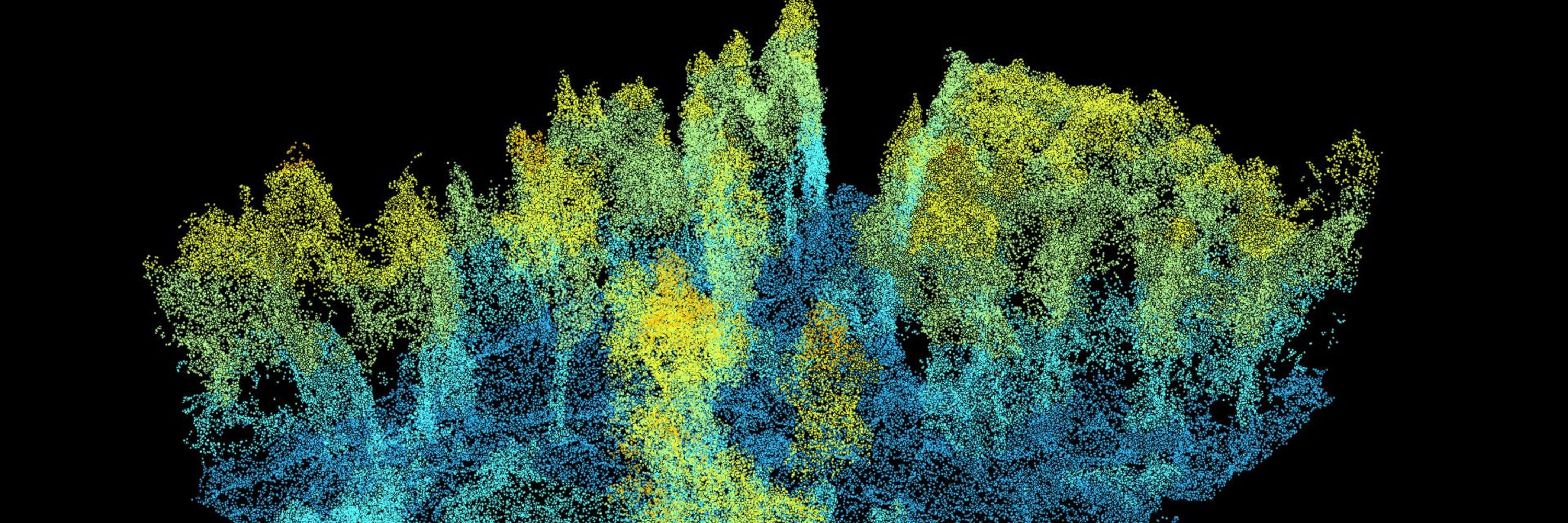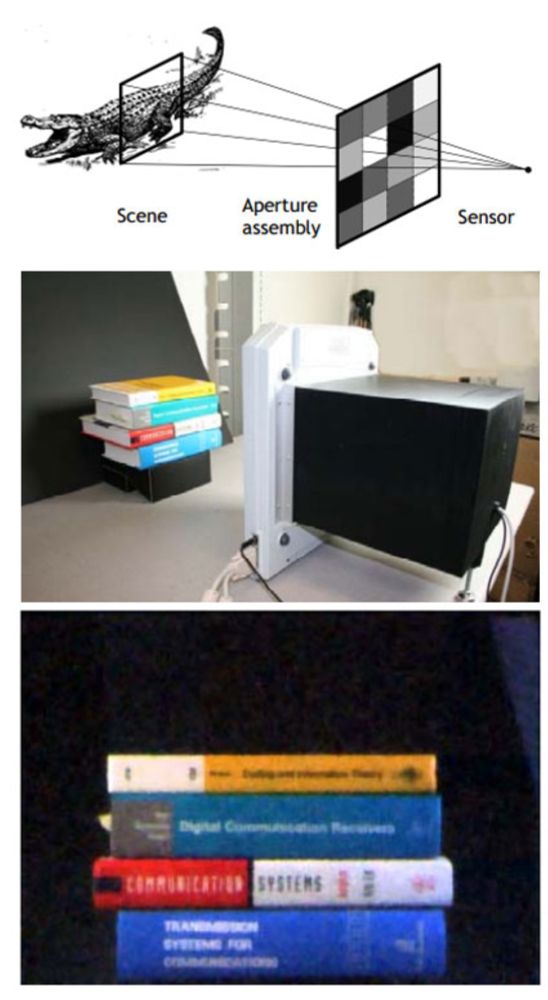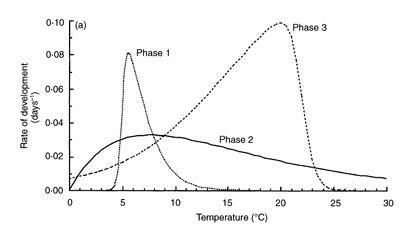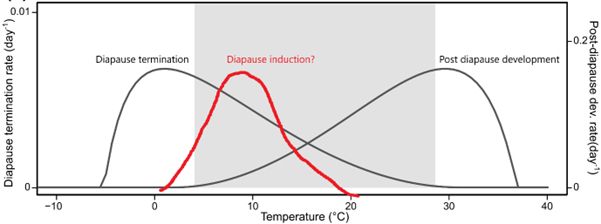
Loke von Schmalensee
@vonschmalensee.bsky.social
Postdoc under @dbergerbiol.bsky.social working on insect thermal evolution and macroecology at @animecol-uu.bsky.social. Also interested in many other things, like which wines are good, how to predict stuff, and what's truly compressible in the world
My exact thought when I read this :)
November 7, 2025 at 7:53 PM
My exact thought when I read this :)
Sorry for not citing you guys!
By the way, if you have the opportunity to include more TPC functions, the LRF (described here: doi.org/10.1093/aesa... , not orig. ref) and flexTPC (doi.org/10.1101/2024...) have very interpretable parameters and seemingly good properties. Worth a look.
By the way, if you have the opportunity to include more TPC functions, the LRF (described here: doi.org/10.1093/aesa... , not orig. ref) and flexTPC (doi.org/10.1101/2024...) have very interpretable parameters and seemingly good properties. Worth a look.
doi.org
June 4, 2025 at 5:50 PM
Sorry for not citing you guys!
By the way, if you have the opportunity to include more TPC functions, the LRF (described here: doi.org/10.1093/aesa... , not orig. ref) and flexTPC (doi.org/10.1101/2024...) have very interpretable parameters and seemingly good properties. Worth a look.
By the way, if you have the opportunity to include more TPC functions, the LRF (described here: doi.org/10.1093/aesa... , not orig. ref) and flexTPC (doi.org/10.1101/2024...) have very interpretable parameters and seemingly good properties. Worth a look.
Hey. I honestly missed that, would have been relevant when developing our own stuff (noted for future). My point I think similar to yours. We are not that many doing this as of now (i.e., not that many refs, but I'm clearly not the guy to ask ;). I actually meant when I said the paper was cool!
June 4, 2025 at 5:39 PM
Hey. I honestly missed that, would have been relevant when developing our own stuff (noted for future). My point I think similar to yours. We are not that many doing this as of now (i.e., not that many refs, but I'm clearly not the guy to ask ;). I actually meant when I said the paper was cool!
Just came across this, cool paper! Thought I should mention we've also been fitting TPCs using Bayesian methods for years (e.g. doi.org/10.1111/ele....). We've also developed some pipelines for TPC inference from less typical data: doi.org/10.1073/pnas...
For future reference ;)
For future reference ;)
PNAS
Proceedings of the National Academy of Sciences (PNAS), a peer reviewed journal of the National Academy of Sciences (NAS) - an authoritative source of high-impact, original research that broadly spans...
doi.org
June 3, 2025 at 4:15 PM
Just came across this, cool paper! Thought I should mention we've also been fitting TPCs using Bayesian methods for years (e.g. doi.org/10.1111/ele....). We've also developed some pipelines for TPC inference from less typical data: doi.org/10.1073/pnas...
For future reference ;)
For future reference ;)
Nothing published on the topic yet but working on it! Would like to be added if I qualify :)
December 11, 2024 at 2:06 PM
Nothing published on the topic yet but working on it! Would like to be added if I qualify :)
Johnsen et al.’s work is a great case study in how mechanistic models + Occam’s razor can reveal underlying truths. It shows that even when data are sparse, combining constraints with inference can produce valuable insights.
December 4, 2024 at 9:06 AM
Johnsen et al.’s work is a great case study in how mechanistic models + Occam’s razor can reveal underlying truths. It shows that even when data are sparse, combining constraints with inference can produce valuable insights.
In signal processing, methods to reconstruct under-sampled signals by promoting sparsity has been used for quite a while now. And this has led to some very impressive decompression methods, where signal is seemingly squeezed partly out of thin air (check this: web.archive.org/web/20160120...)

Bell Labs Invents Lensless Camera | MIT Technology Review
A new class of imaging device with no lens and just a single light sensitive sensor could revolutionise optical, infrared and millimetre wave imaging
web.archive.org
December 4, 2024 at 9:06 AM
In signal processing, methods to reconstruct under-sampled signals by promoting sparsity has been used for quite a while now. And this has led to some very impressive decompression methods, where signal is seemingly squeezed partly out of thin air (check this: web.archive.org/web/20160120...)
I think biologists are often sceptical towards this approach. The mantra “correlation does not imply causation” is deeply rooted in many of us. Perhaps this is why this paper by Johnsen et al. has remained under-cited for decades. But I think there is great power in approaches like this!
December 4, 2024 at 9:05 AM
I think biologists are often sceptical towards this approach. The mantra “correlation does not imply causation” is deeply rooted in many of us. Perhaps this is why this paper by Johnsen et al. has remained under-cited for decades. But I think there is great power in approaches like this!
As a result, the curves from the previous figure emerge. The three distinct phases are just a consequence of picking the sparsest solution to the problem (see the image). This (Occam’s razor) combined with the constraints on the reaction norm—the mechanistic insight—got close to the truth!

December 4, 2024 at 9:05 AM
As a result, the curves from the previous figure emerge. The three distinct phases are just a consequence of picking the sparsest solution to the problem (see the image). This (Occam’s razor) combined with the constraints on the reaction norm—the mechanistic insight—got close to the truth!
Well, they don’t estimate the curves directly. They just observe insect emergence in a variable thermal environment, and iteratively tweak curve parameters in search of the best explanatory model, under some constrains (the main one being how the shape of the curve can vary, see figure).

December 4, 2024 at 9:04 AM
Well, they don’t estimate the curves directly. They just observe insect emergence in a variable thermal environment, and iteratively tweak curve parameters in search of the best explanatory model, under some constrains (the main one being how the shape of the curve can vary, see figure).
Rewind to 1997. Three researchers publish a paper on the same topic, with the figure below (doi.org/10.2307/2404...). Very reminiscent of our results. However, this paper has remained in relative obscurity, only racking up 15 citations to date, despite being on a quite popular topic. Why?

December 4, 2024 at 9:04 AM
Rewind to 1997. Three researchers publish a paper on the same topic, with the figure below (doi.org/10.2307/2404...). Very reminiscent of our results. However, this paper has remained in relative obscurity, only racking up 15 citations to date, despite being on a quite popular topic. Why?
Quick background: we did a pretty laborious experiment to empirically determine thermal reaction norms for diapause termination in a butterfly. The result was the two curves below. Also, we found some signs of a third reaction norm for diapause induction that might look something like the red line.

December 4, 2024 at 9:04 AM
Quick background: we did a pretty laborious experiment to empirically determine thermal reaction norms for diapause termination in a butterfly. The result was the two curves below. Also, we found some signs of a third reaction norm for diapause induction that might look something like the red line.
Good stuff. Late to the party, but would like to be added if still possible!
November 24, 2024 at 8:36 AM
Good stuff. Late to the party, but would like to be added if still possible!
Cool study! I wonder if it is possible that (much of) the interesting density-dependent effects are consequences of a statistical artifact. An extreme case serves as an example: if some place is unoccupied, individuals later observed must be classified as immigrants. Can anyone enlighten me?
November 19, 2024 at 7:53 AM
Cool study! I wonder if it is possible that (much of) the interesting density-dependent effects are consequences of a statistical artifact. An extreme case serves as an example: if some place is unoccupied, individuals later observed must be classified as immigrants. Can anyone enlighten me?

